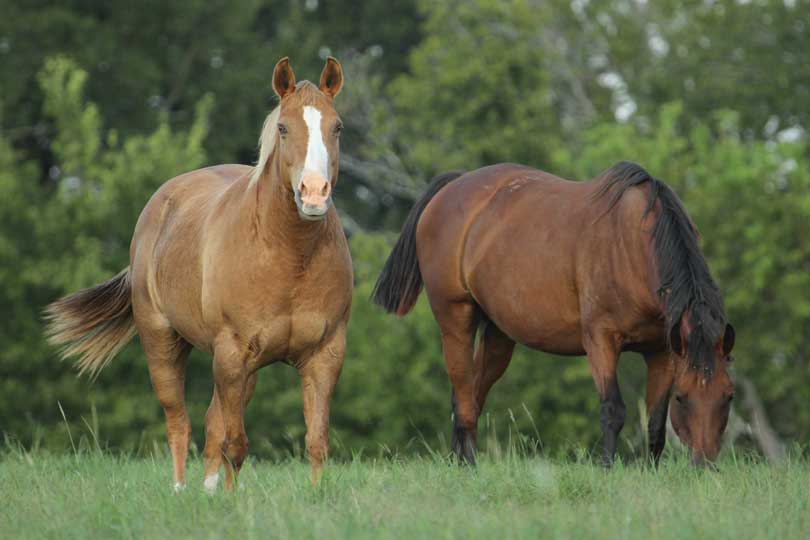The Texas A&M Veterinary Medical Diagnostic Lab (TVMDL) has documented a significant increase in the percentage of horses that test positive for exposure to the West Nile virus (WNV).
Most cases of WNV occur during the summer or early fall. Horse owners should remain vigilant and watch for symptoms of the disease.
The virus poses the greatest threat to the health of horses during the summer, according to TVMDL.
The death rate among U.S. horses ranges from 30 to 40 percent for WNV. Up to 40 percent of the horses that recover from the disease exhibit neurological signs for six months or more after the initial diagnosis.
TVMDL confirmed 129 horses positive for the virus in 2016. The positive horses were located in 71 counties, with most cases in East Texas. There were also six confirmed cases of Eastern Equine Encephalitis in Texas.
The virus is transmitted primarily by mosquitos and was first detected in the U.S. in 1999. It was first found in New York and subsequently spread across the country.
Horse owners should work with veterinarians this time of the year to prevent, detect and accurately diagnose a potential infection.
The clinical signs of WNV include:
- depression, stupor or changes in behavior;
- stumbling, staggering, wobbling or lameness;
- an inability to stand;
- muscle twitching;
- blindness;
- grinding teeth;
- fever.
Horse owners should contact their veterinarian immediately if their horse exhibits clinical signs of WNV.
Several serological tests can be used to diagnose WNV in clinically ill horses.
To protect horses from the virus, owners should discuss a vaccination protocol for their horse. Vaccination is recommended for all horses in geographical areas where WNV is known to occur.
Mosquito control around barns, stables and homes is also important in reducing the risk of WNV exposure.
For more information on mosquito control related to WNV, consult the Texas Department of State Health Services.

